Saturday, July 16. First order of business was to find an old log cabin that survived a tornado in Xenia, Ohio. Xenia was not far from Beavercreek and the log cabin, moved twice and restored over its long history, is part of the Greene County Historical Society. Called the Galloway Cabin, it was built in 1799 by James Galloway Sr. near the Little Miami River near the present area known as Goes Station. Galloway was a hunter during the American Revolution, providing the army with game.
In 1936, the historical society moved the cabin. They moved it a second time in 1965 to its present location. On April 3, 1974, a mile-wide tornado touched down and destroyed hundreds of buildings in Xenia, and damaged the log cabin.
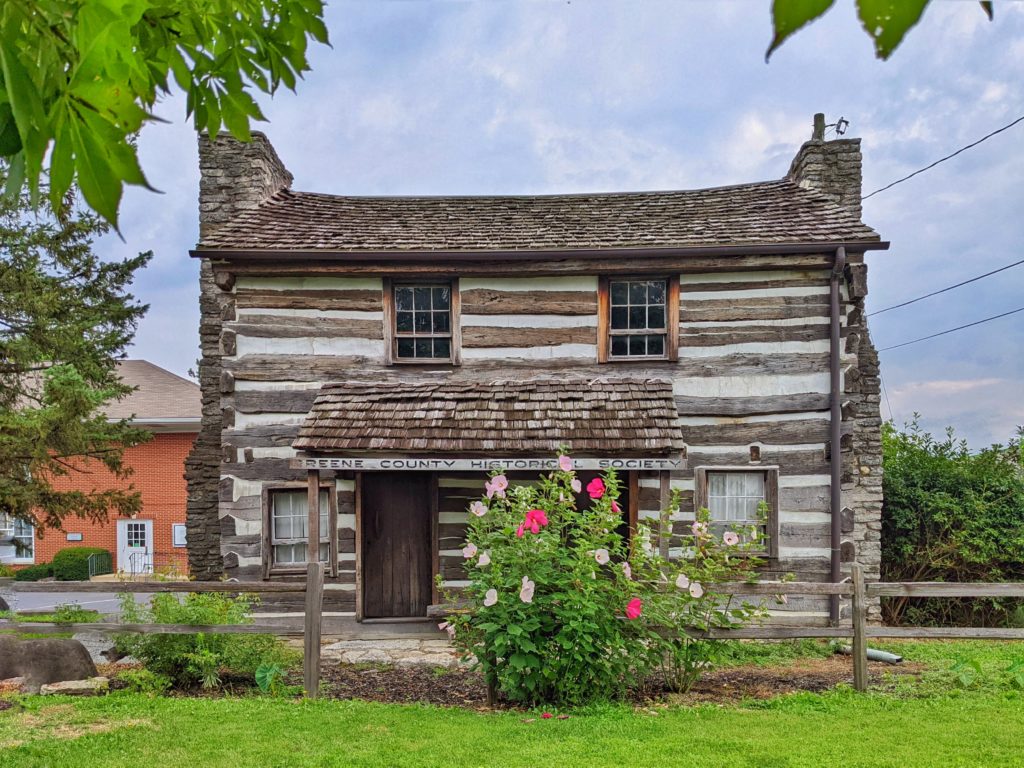
Next, a courthouse in a town named after its courthouse. Washington, Ohio was similar in name to other towns in Ohio with Washington in the name, and settlers from Virginia appended “Court House” to the name since Washington is the county seat of Fayette County, where the county court is located. The town name became Washington Court House or abbreviated Washington C.H. (the name made official in a new city charter adopted in the early 2000s), while the court itself is the Fayette County Courthouse. The small town was also home to a courthouse riot in 1896, where a crowd had come to lynch an alleged rapist who had already been sentenced to prison. The bullet holes are still visible in the southern doors of the courthouse.
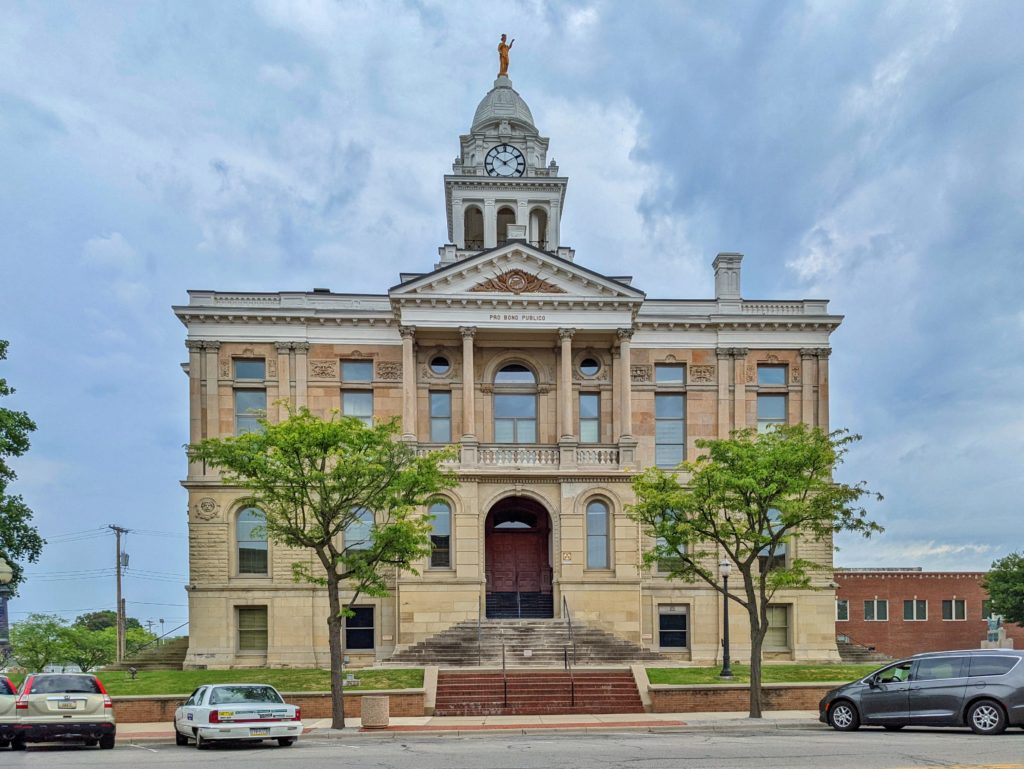
Clouds had been threatening rain throughout the morning and by the next checkpoint, an unusually shaped house, the rain had begun to make the journey a bit wet. While we were blocked by No Trespassing signs, we could spot the Octagon House in Circleville from the driveway leading to the property. The house was moved from its original location, and is awaiting restoration.
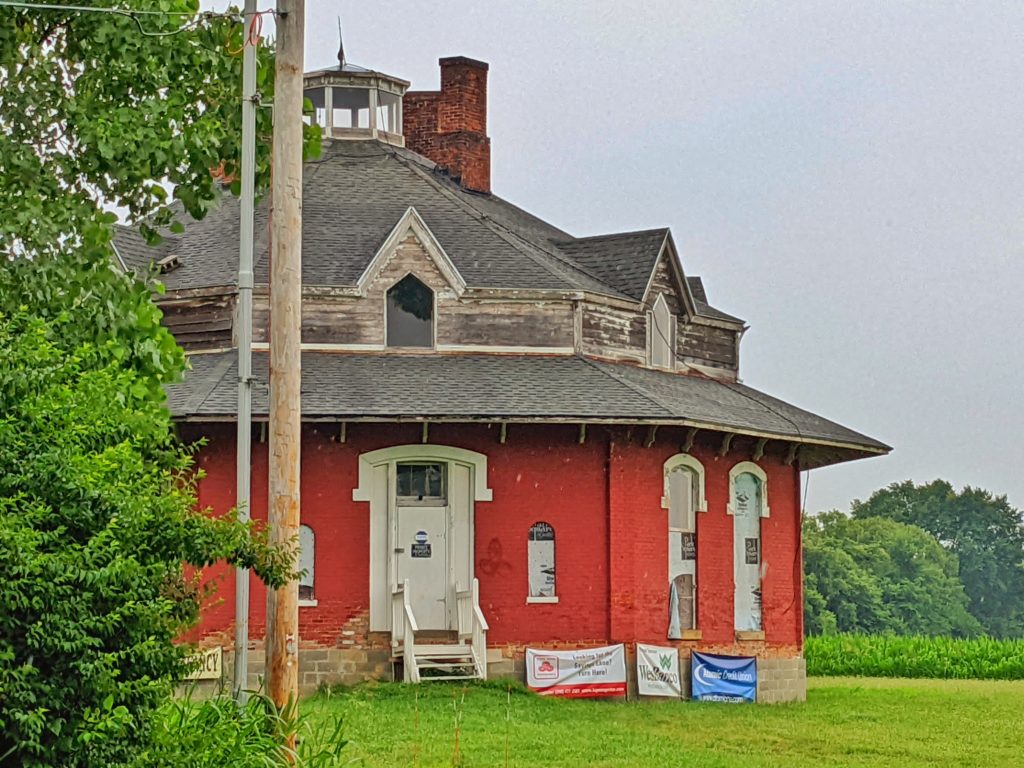
Another link to NASA, Ohio-born John Glenn, would feature in our next checkpoint–the John Glenn Astronomy Park. A part of the Hocking Hills State Park, the astronomy park is one of the few areas in Ohio with almost no light pollution, making it a great location for stargazing.
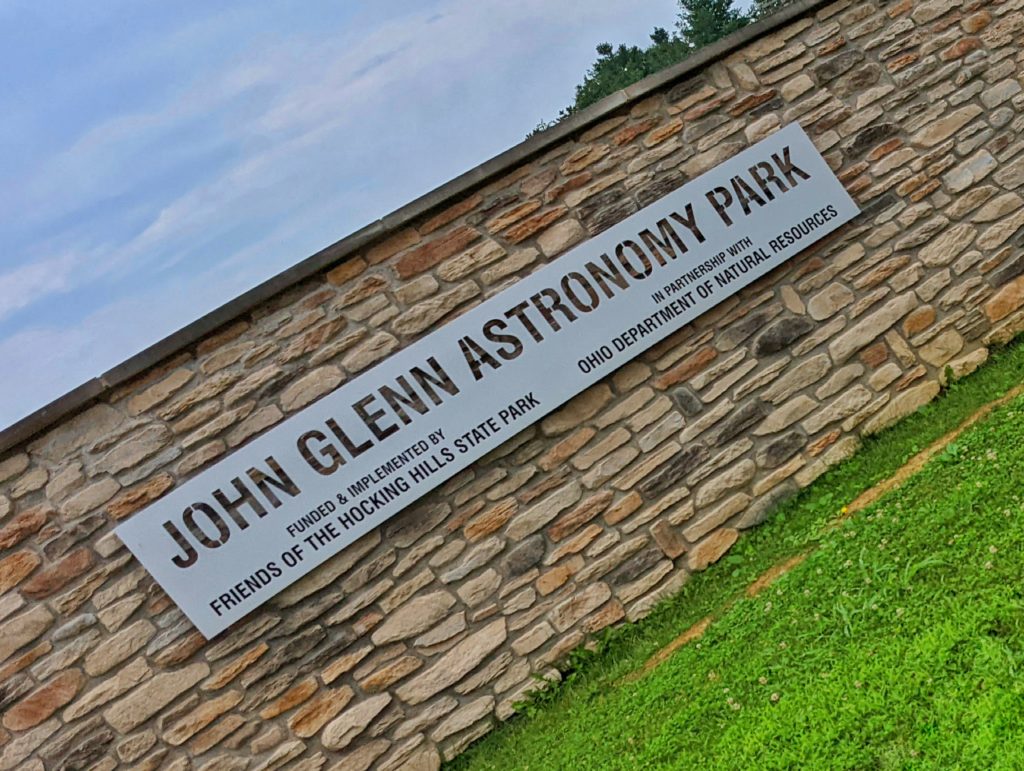
A handful of us arrived at the same time:
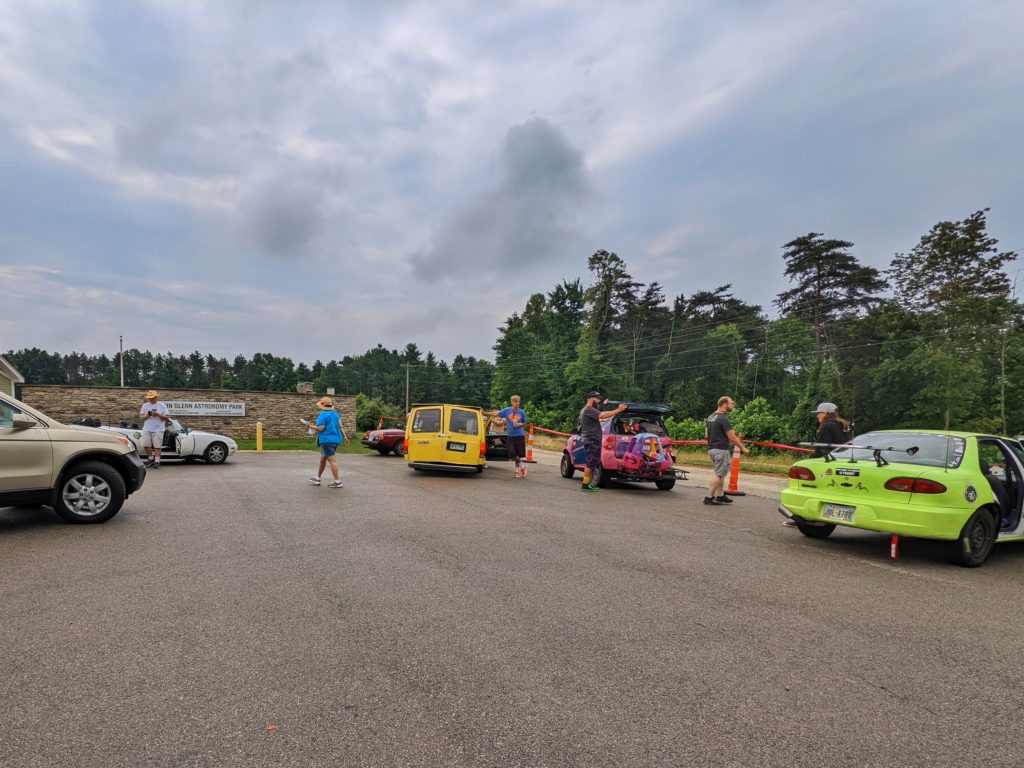
The following part of the drive would serve as the rally’s roller coaster ride as we entered the Hocking Hills.
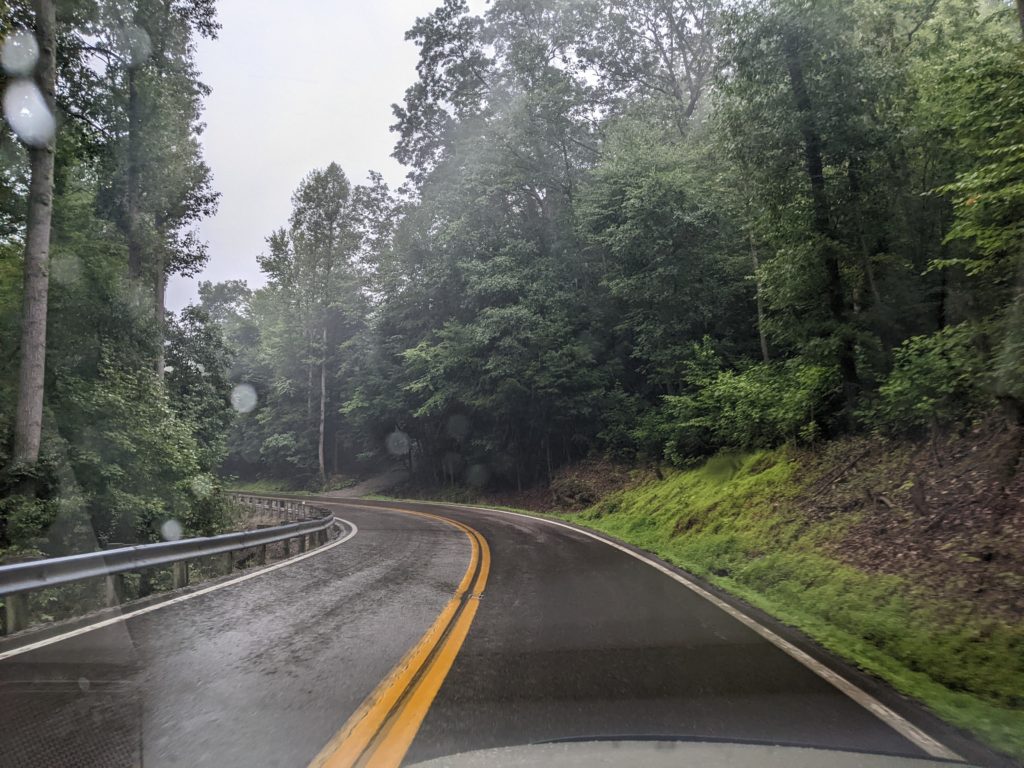
Amid the twisting roads and increasing rain, our next checkpoint was to locate Woltz Rd., near Rockbridge.
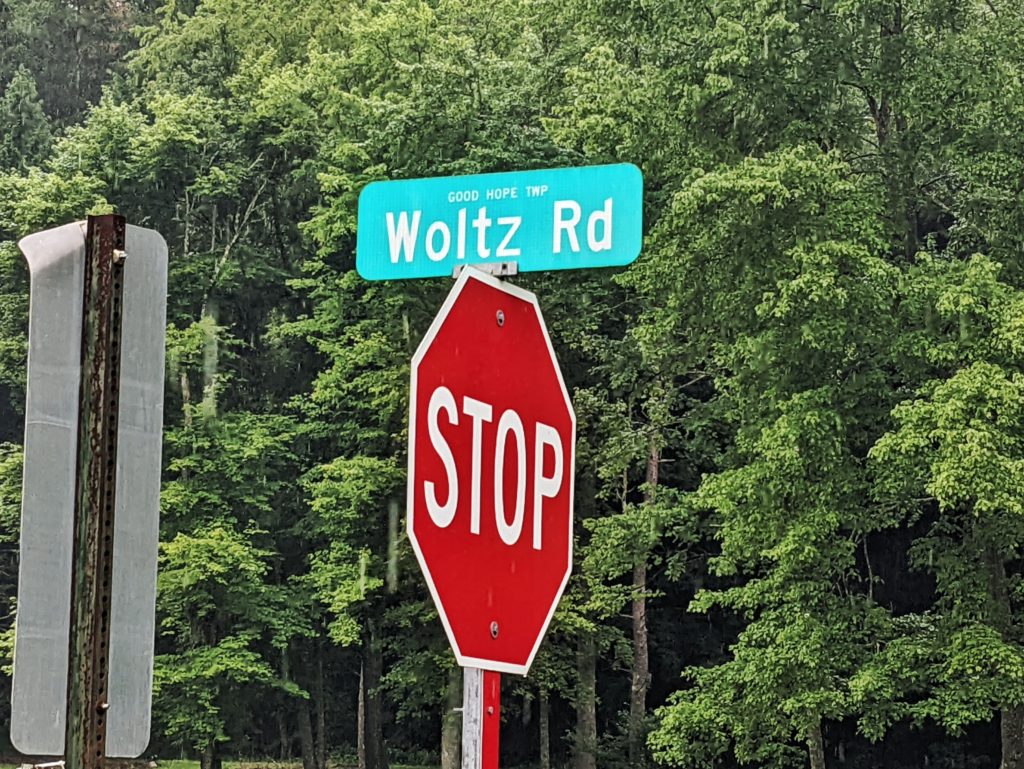
Soupy conditions aside, the following checkpoint was the Nelsonville Brick Plant in Nelsonville, established in 1877. By the 1880s, Nelsonville Brick was producing 25 million bricks per year, firing the bricks in beehive-shaped kilns. The company’s manufactured brands of bricks (used in buildings and as pavers) included Nelsonville Block, Hallwood Block and Hocking Block, some of which are located around the country. By World War I, demand for bricks tapered off as concrete and asphalt became readily available and by 1937, demand had ceased enough that the company closed its doors permanently. The remains of some of the kilns can be seen at the Nelsonville Brick Park.
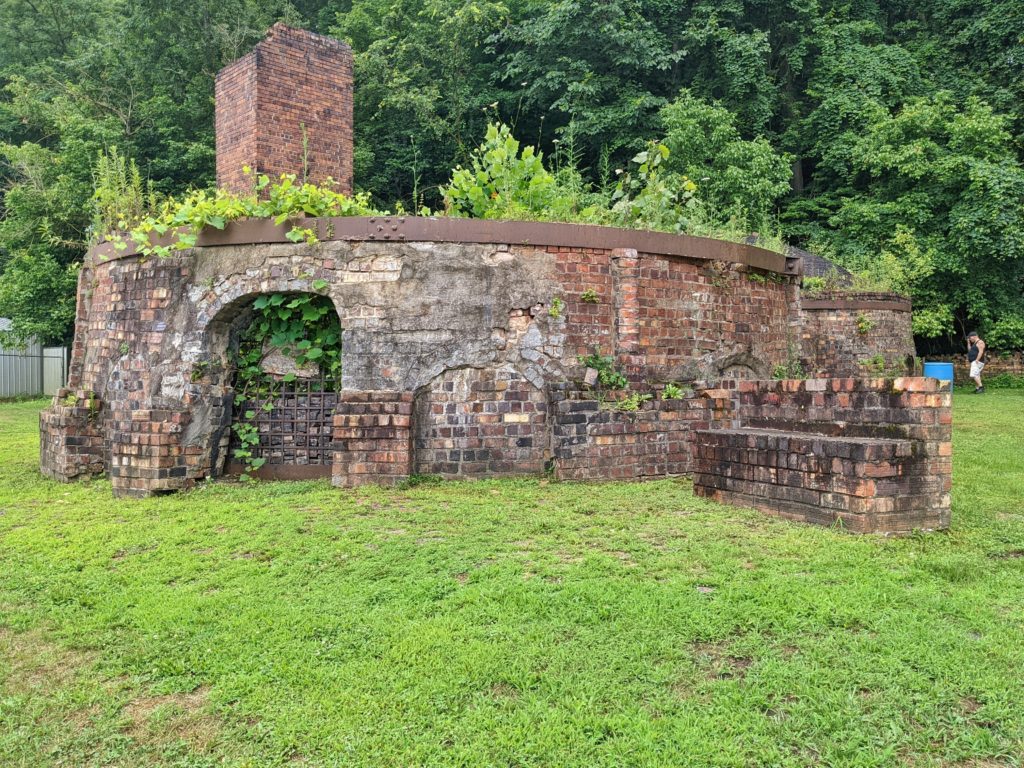
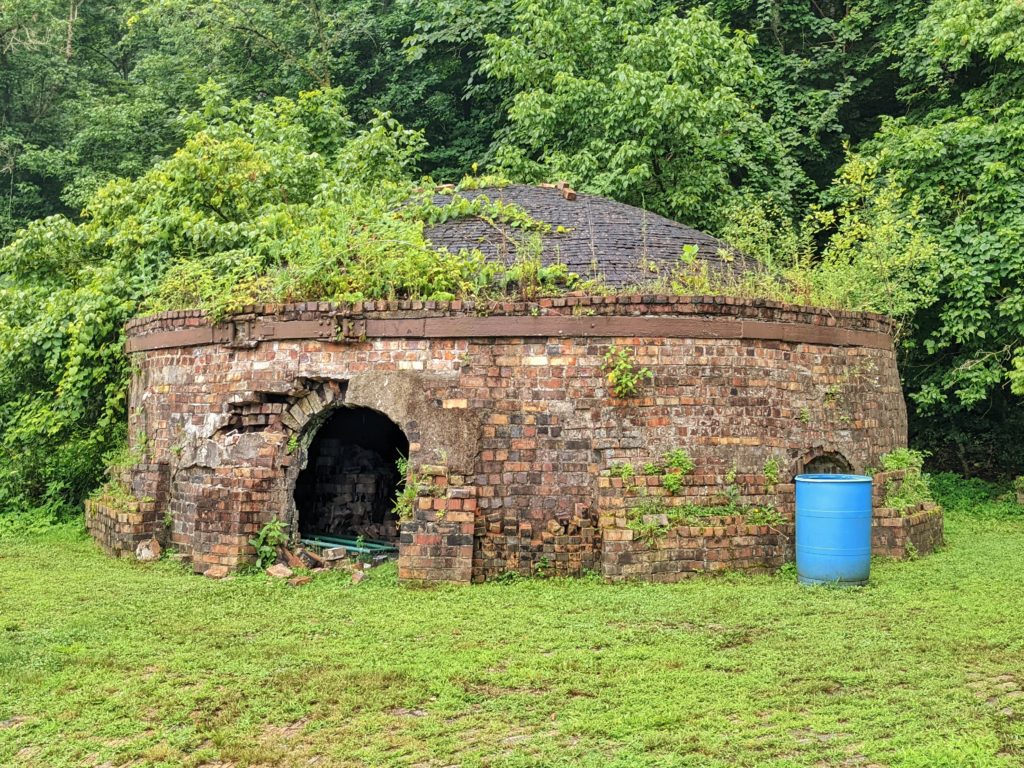
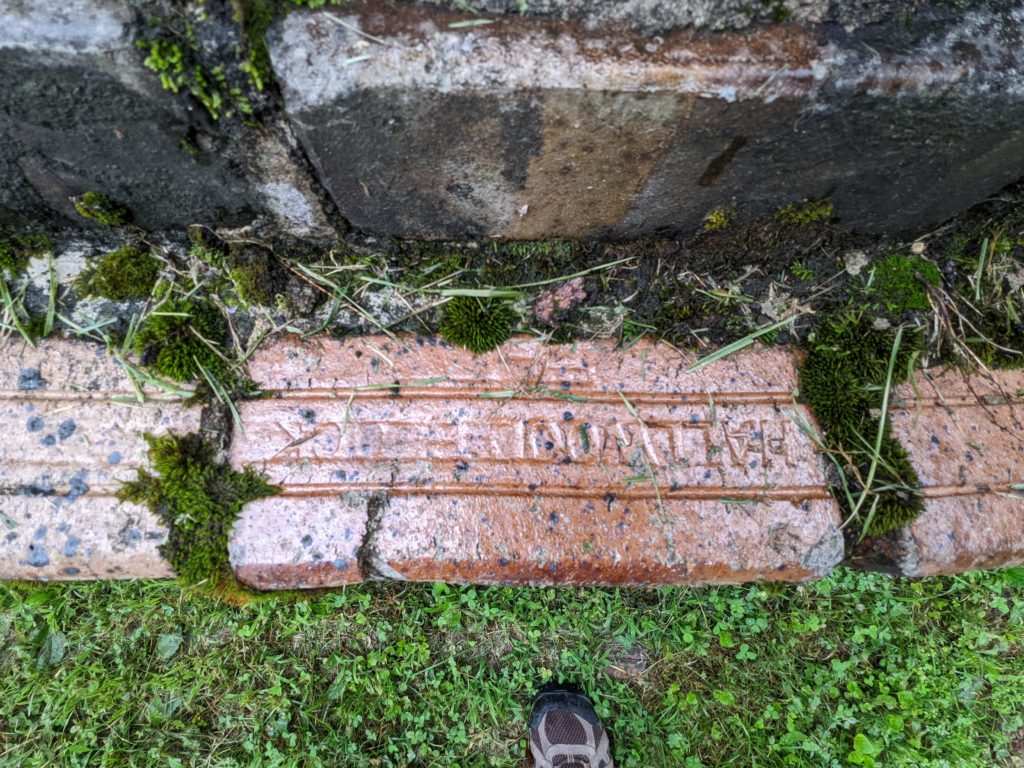
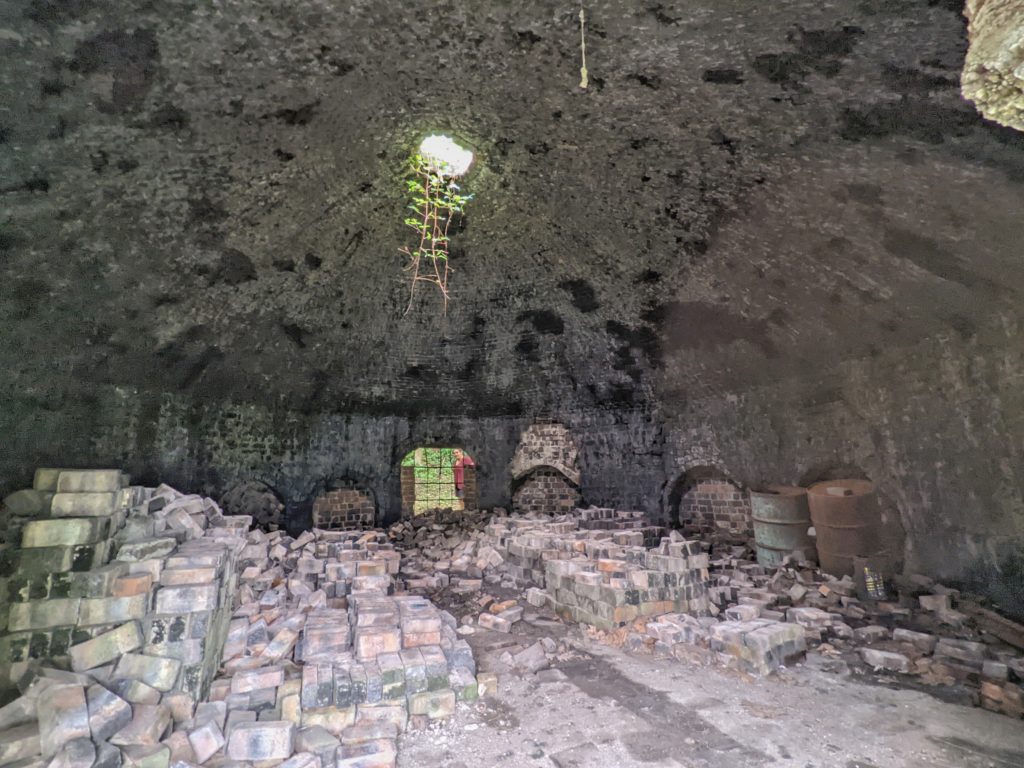
⇦ Previous Page | Main Page | Next Page ⇨